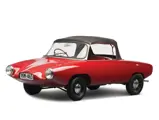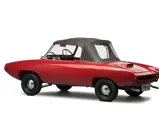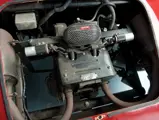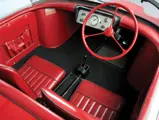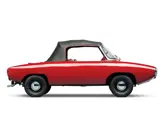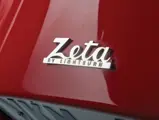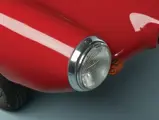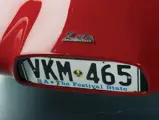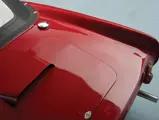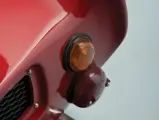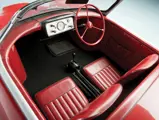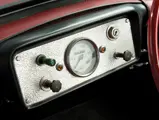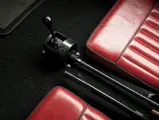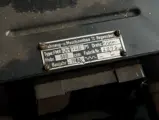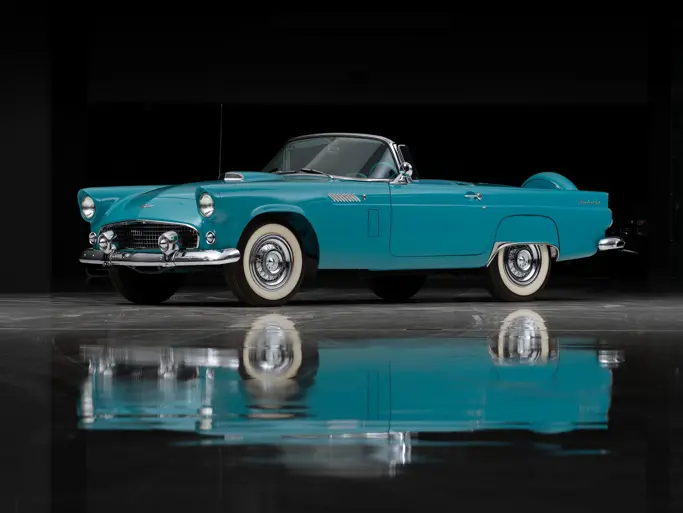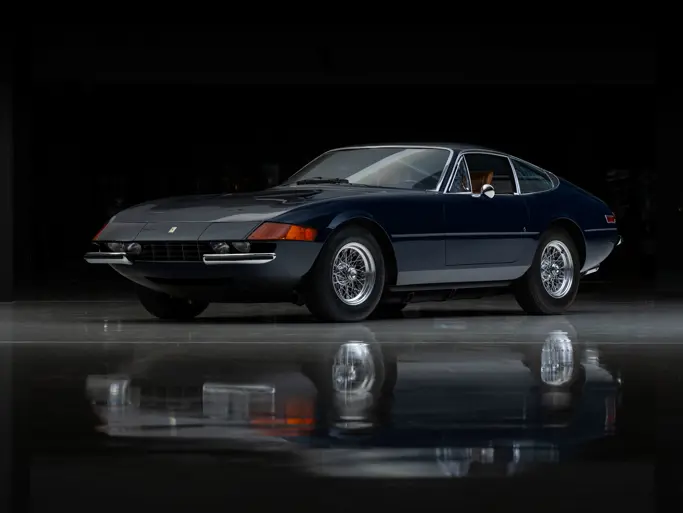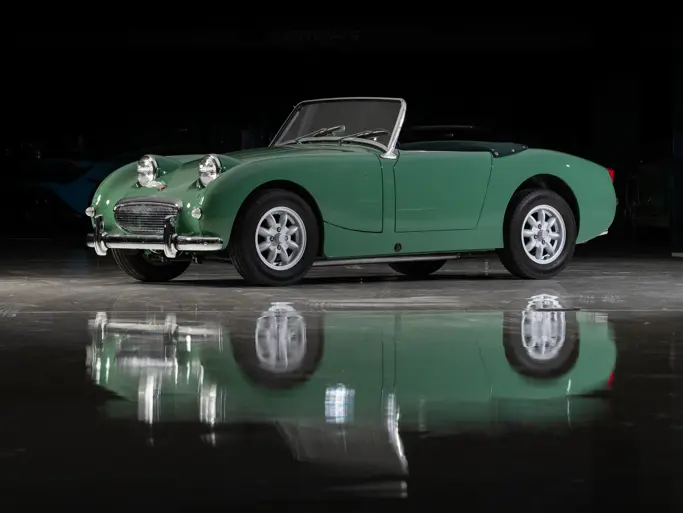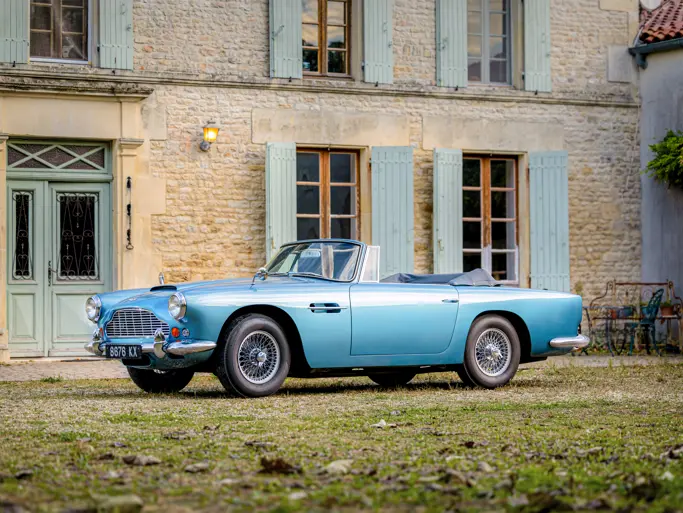The Bruce Weiner Microcar Museum
1964 Lightburn Zeta Sports
{{lr.item.text}}
$51,750 USD | Sold
 | Madison, Georgia
| Madison, Georgia
{{internetCurrentBid}}
{{internetTimeLeft}}

One of only 28 built.
SPECIFICATIONS
Manufacturer: Lightburn Vehicles Ltd.
Origin: Novar Gardens, South Australia
Production: 28
Motor: Fichtel & Sachs 2-cyl, 2-stroke
Displacement: 498 cc
Power: 18.5 hp
Length: 10 ft. 7 in.
Identification No. 2817
The Frisky Sprint made a spectacular entrance at the 1958 Earls Court Motor Show in London. It was nothing like the other models on the Frisky stand, with an ultra-low, sleek body. There were fold-down half-doors, a frameless racing-type windshield, and an aerodynamic headrest faired into the rear deck. It looked every inch a racing car.
And there was indeed a racing heritage, as the designer, Gordon Bedson, and his development engineer, Keith Peckmore, had been involved with the Kieft 500 cars, which Stirling Moss had piloted, among others. The advanced Kieft independent suspension was adapted to the Frisky chassis. Power was by the 492-cubic centimeter Excelsior triple making 34 horsepower, and it remained a prototype.
Notably, Australia’s Harold Lightburn was also smitten with the car. By 1959, Frisky Cars Ltd. was in financial difficulty, and in March of that year, Gordon Bedson and Keith Peckmore had no trouble being persuaded to join Lightburn in Adelaide. The brief was to develop the Frisky Sprint for production as the Lightburn Zeta Sports.
The first body modification for the production Zeta was the elimination of the half-doors for strength reasons. This made entry and exit a bit more difficult, but the top would probably not be in the up position a great deal in its new home. The windshield was replaced with a car example, while, up front, the headlights were larger and the grille opening was changed. For New South Wales, the headlights were too low, so some cars were fitted with an additional pair of lamps mounted on the hood. While the sales brochure claims the car was styled by Michelotti, it may have been a stretch for publicity’s sake, as John Meadows himself has stated that both the Zeta sports and runabout were Bedson’s work.
Along with the three cars, Bedson brought along a supply of 50 motors, sourced from F.M.R. in Germany, none other than the 500-cubic centimeter units used in the discontinued Tg 500 “Tiger” models. These were by now adapted for use in the Kultimax agricultural vehicles, but they were modified back to Tg specs.
While John Meadows states that 50 were built, there is firm evidence for only 28, all built in 1961 but inexplicably not sold until 1964. This is a fine example of this very rare car, correct in every detail apart from the fitting of a more efficient, modern air cleaner.

